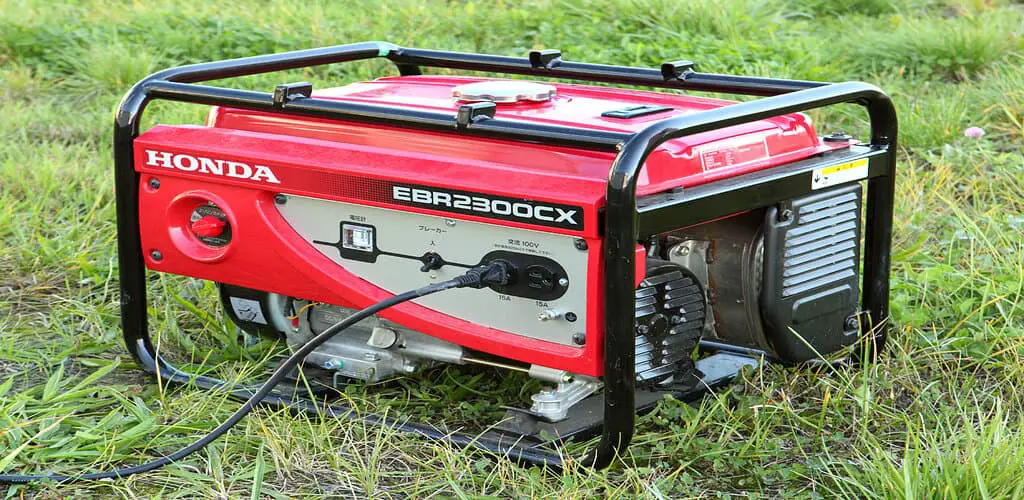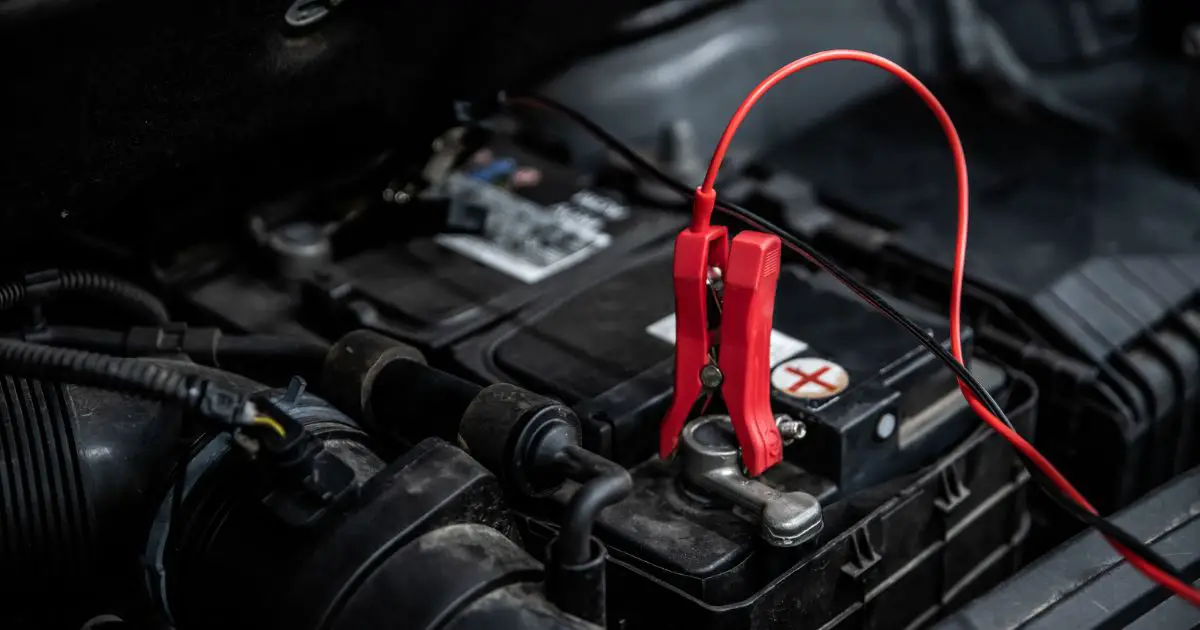Storing a generator for a long period without maintaining it can damage its components over time. To ensure your generator works well, you should run it every month for at least half an hour.
Let’s find out more about how often you should start your portable generator and maintain it.
How Often It Is Needed to Start A Generator?
A generator, like any other combustion engine, requires maintenance to keep it ready for backup. It is suitable both ways. It helps your generator by maintaining every week that the engine runs smoothly. And it helps you find any maintenance issues should they come up.
There are two types of generator maintenance runs. They are called idle running and running with a load. Running your generator with a load is what tests the generator. You should perform it once every month to ensure your generator will run smoothly.
And that its electricity-generating components are in good condition. It also tests if your generator is capable of bearing a specific load in case of an emergency. Running your generator on load prevents moisture build-up in the components.
Idle running the generator should be performed between every week to every month. It helps the engine lubricate its components and removes dust build-up on it.
Verify Your Portable Generator Works, Before You Ever Need It:
With the forecasts of rainstorms around the corner. Now is the best time to check if you can rely on your sturdy backup generators. Fire up your generator and check for any weird noise aside from its usual hymn.
But before starting, change its engine oil and oil filters because they can wear out if not used for a long time. Charge its batteries if you have an electric start on your generator. Then, fire up the generator. This will check if the engine runs smoothly or not.
Contrarily, if you want to check if the whole generator with each component is working fine, then the best trick would be to load the generator. Here, you can use a transfer switch to transfer your house’s load on the generator. Keep it up for at least 20 minutes before closing it back again.
If your generator runs smoothly without any hiccups in its performance, you’re good to go. But if it isn’t starting or when you’re connecting it to the load, it shuts off. It would be the best time to call a technician.
Exercising Generators:
You might have heard “exercising a generator” from generator experts. But what exactly does it mean? Is it taking your generator out for a jog? Like your dog? Is it necessary?
No, no, what it means is to fire up your generator for a while, even when it is not needed.
Generators can sit in your garage for months without any use. Exercising ensures that whenever you need to use the generator, during an emergency such as storms, your generator will work fine.
Not only that, exercising your generator makes sure that every part is properly oiled. Any moisture building inside it is prevented. And as we’ve informed you before, it helps detect any issues that can cause problems later on.
With this, you won’t only be saving yourself from headaches. It will also increase the generator’s lifespan.
Manufacturers recommend exercising from once a week to once a month. So, choose a day for generator exercise, on which you’d be free from all errands. That way, you can keep your eyes and ears on the generator for any unusual noise or behavior.
Make sure the generator is making the usual sounds and vibrations. And that its fuel has no blockages or leaks. The coolant or engine oil is flowing properly. If you find anything weird, check it out in the manual. Or you can contact a technician to repair your generator.
Tips for Portable Generator Maintenance:
Maintenance is the most important factor in making sure your generator is ready for use. If you fail to maintain it, you would have a hard time starting it again. For maintaining a portable backup generator, we will mention some tips in the following few lines.
- The first and most essential part of maintaining the generator is changing its engine oil. If you have a new generator, you should perform the first oil change after 30 hours of use. After that, you should change its oil after every 100 hours of use.
- The spark plug ignites the gas in the engine’s cylinders. While the air filter gives it breathing air. Without them, your generator will be a useless metal box. Experts recommend changing both of these at every 200 hours of use or after 3 months. Changing both of them at once will assure a proper fuel and air mixture in your generator’s engine, enabling it to run more efficiently and increase its lifespan.
- If you plan on storing your generator for a longer period, say 30 days or more. You should empty the fuel from its tank. To empty it, add a gas stabilizer to it, and then run it for 15 minutes to mix. Then, after the engine cools down, start it again and run it until it empties and shuts down.
- Although a battery is an excellent source of storing energy, it’s not a long-term storage option. A battery will drain over time, and so does a generator’s battery. You should charge the generator’s battery every month if you got an electric start feature.
- The last tip for a portable generator’s maintenance is that if your generator is not in use for 30 days, you should start it for 20 minutes before storing it again. This will ensure that the generator’s components will be adequately lubricated.

How Often Should You Conduct Generator Maintenance and Why?
The essential part of a generator’s maintenance is running it for a while every month. You should at least conduct its maintenance every month by running it on load for 20 minutes. This way, all parts of your generator will be tested.
How Long Should I Run My Generator for Maintenance?
When running your generator for maintenance, keep it up for 20 minutes every week without a load. This will keep the engine’s parts lubricated. And to maintain its other parts, run it for 20 minutes on load after every month or season.
Should You Run Your Generator Dry?
Yes, you can let your generator run dry only if you plan on storing it for a long period. But other than that, if you are using the generator, make sure to shut it off and let the engine cool down. After cooling down, you can start it again.
How Long Should I Run My Portable Generator?
To ensure that your generator’s lifespan is not at stake, the maximum you should run your generator is up to eight hours. After that, you should let the engine cool down before running it again.
Does A Generator Use More Gas with More Things Plugged In?
Yes, more load will result in more gas supply to the engine. This is because the generator will throttle. A ‘governor governs this.’ It controls how much fuel is required to supply the power demanded by electric appliances.
Is It OK to Let My Generator Run Out of Gas?
The answer is ‘No.’ It is never OK to let your generator’s gas run out. This can damage the generator’s coils, and they can lose their magnetism over time.
Your generator will try to supply power to the load when it’s about to stop. But since there is no gas to generate power, it will suck power out of the coils.
Conclusion
Generators can be relied on in case of any power failure. But as much as you need a generator, so does your generator need you. You should maintain it often to make sure that it will run smoothly the next time you need it.
You can start by running it every week without load and then every month on load. Remember to change its engine oil after every 100 hours of use. Don’t forget to ensure the spark plug and air filters are in good condition.


